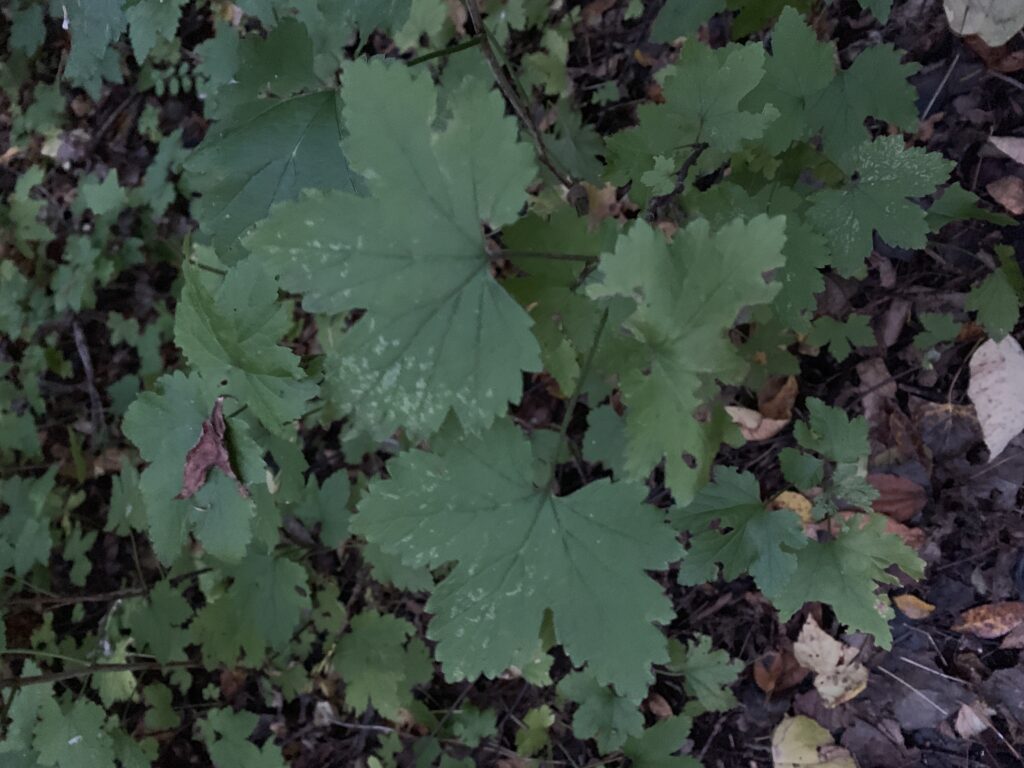Almost all of the organisms I identified on my most recent visit to Salmon Hole are various types of plants. Prickly Gooseberry (Ribes cynosbati), American Asters (Symphyotrichum), Eastern Cottonwood (Populus deltoides), Red Oak (Quercus Rubra), Common Milkweed (Asclepias syriaca), Mountain Holly (Ilex mucronata), Beech Trees (Fagus grandifolia), Common Dogwood (Cornus sanguinea) and False Indigo (Amorpha fruticosa) are all types of flora that can be located around this particular location. I noted no bugs during my time on the Winooski and can only assume it is because of how cold temperatures are becoming in Northern Vermont. The only species from the phylum Chordata observed were a couple of trout in the Winooski river; only visible by looking closely into the running water, the trout continue to be apparent in the river even in these colder fall months.


Since my previous visit, water levels of the river have raised substantially. There has been significant rainfall whereas, around the time of my first two visits there was little rainfall within the span of weeks. The Winooski river now covers the path which could lead humans, dryly, to the grouping of deciduous trees straight ahead from where the walking path walks out. The tree grouping is completely surrounded by water at this point, and where the path once was, the water is rapid and daunting. In regards to the vegetation, many of the trees whose leaves were abundant and colorful just two weeks ago are now losing their color and almost all leaves have fallen to the ground.

There is little soil visible at Salmon Hole aside from the beach to the left of the footpath; the ground here contains a combination of sand and gritty soil, with very little dirt. Most all of the time visitors will spend at Salmon Hole, is spent standing on exposed bedrock above and below the water current, as opposed to soil.
